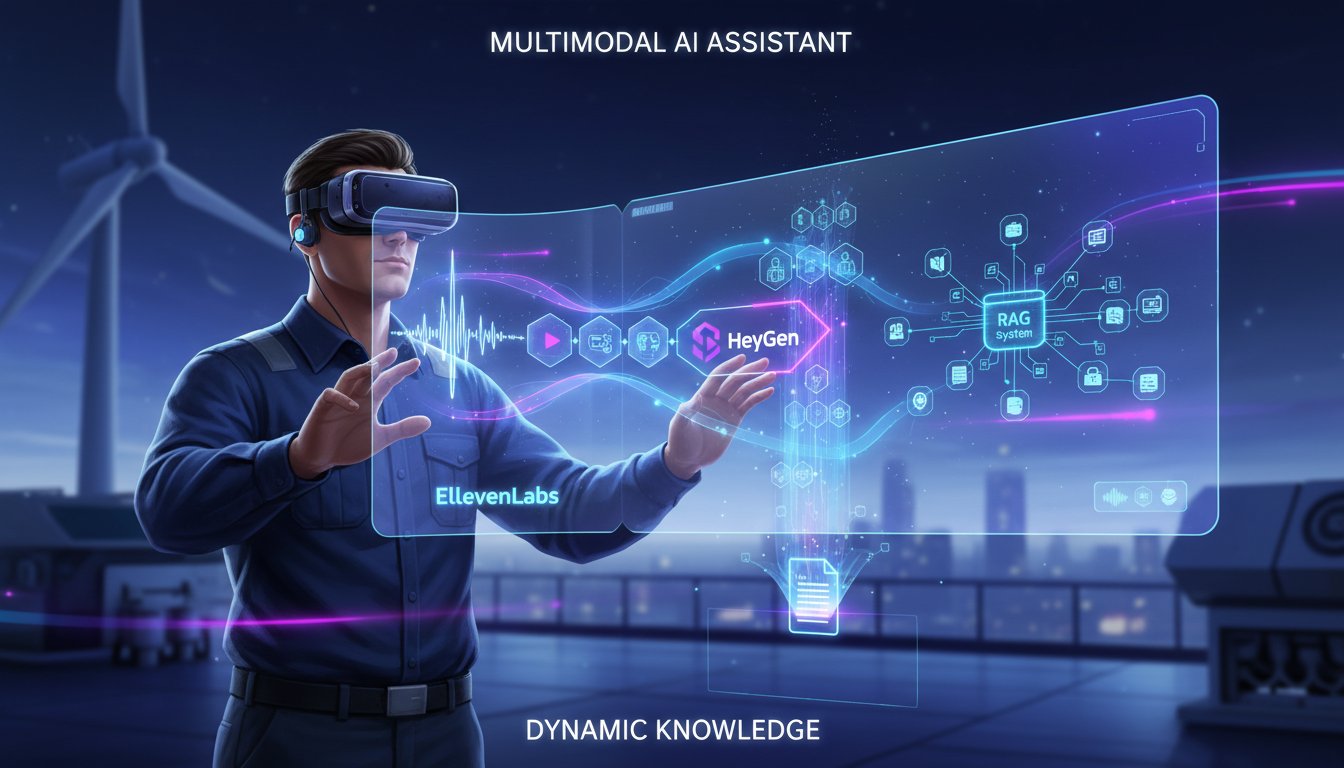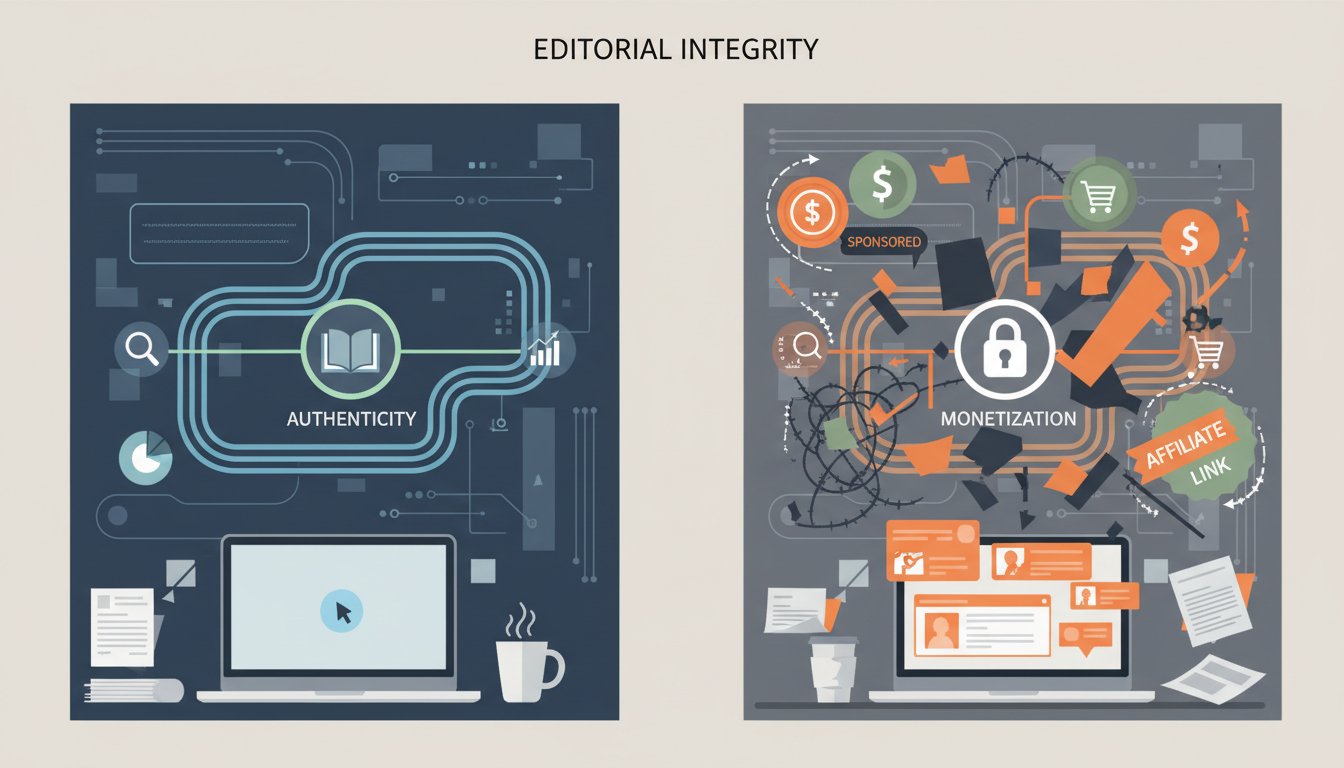Introduction: The Double-Edged Sword of RAG Innovation
Retrieval Augmented Generation (RAG) is rapidly transforming the enterprise AI landscape. We’re no longer just talking about Large Language Models (LLMs) that can write poetry or summarize articles; we’re deploying sophisticated systems that tap into vast private knowledge bases, providing nuanced, context-aware answers that drive real business value. From supercharging customer support chatbots to enabling deep-dive research and content creation, RAG promises a new era of intelligent automation. The buzz is palpable, and the advancements are accelerating, with new tools and techniques emerging almost weekly.
However, like any powerful technology, RAG presents a double-edged sword. As we rush to integrate these systems into critical business processes, a crucial question emerges: are we inadvertently opening new doors for security risks and reliability issues? The very mechanism that makes RAG so powerful – its ability to retrieve and incorporate external data – can also be a point of vulnerability if not carefully managed. Recent research, notably highlighted in a ZDNet article discussing findings from Bloomberg, sounds a clear warning: RAG systems can, under certain conditions, make AI models riskier and less reliable than their standalone LLM counterparts. This isn’t to say RAG is inherently flawed, but rather that its implementation demands a new level of scrutiny and a security-first mindset.
The challenge lies in understanding these nascent risks. We’re moving beyond theoretical concerns into a realm where real-world deployments are surfacing practical vulnerabilities. These can range from data poisoning of the knowledge base to sophisticated prompt injection attacks that manipulate RAG outputs, and even unintentional exposure of sensitive information. Ignoring these potential pitfalls is not an option, especially when dealing with enterprise-grade systems where data integrity, security, and compliance are paramount.
This post aims to shed light on this critical issue. We will delve into the specific security risks associated with RAG systems, drawing upon recent research and industry observations. More importantly, we will explore actionable strategies and best practices that developers, data scientists, and IT leaders can implement to build more robust, secure, and trustworthy RAG applications. Understanding these challenges is the first step towards harnessing RAG’s full potential responsibly, ensuring that our innovations empower us without exposing us to undue risk.
The Allure and the Hidden Dangers of RAG
Retrieval Augmented Generation has captured the imagination of the AI world for good reason. It offers a practical pathway to making LLMs more factual, current, and relevant to specific domains. But as we embrace its capabilities, we must also be cognizant of the shadows that accompany its bright promise.
Why RAG is a Game-Changer for Enterprise AI
Before diving into the risks, it’s worth recapping why RAG is so compelling. Traditional LLMs, despite their impressive capabilities, often operate with a knowledge cut-off and can be prone to “hallucinations” – generating plausible but incorrect information. RAG addresses these limitations significantly by:
- Providing Current Context: RAG systems can access and retrieve up-to-date information from specified knowledge bases, ensuring outputs are based on the latest data, not just the LLM’s training corpus.
- Reducing Hallucinations: By grounding the LLM’s responses in factual information retrieved from a trusted source, RAG significantly reduces the likelihood of fabricated answers.
- Leveraging Proprietary Data: This is perhaps the most significant advantage for enterprises. RAG allows organizations to connect LLMs to their internal documents, databases, and other private data sources, creating AI assistants with deep, domain-specific expertise. As Signity Solutions aptly puts it, enterprise RAG is seen as the future of AI, making systems “smarter, context-aware, and better for decision-making.”
These benefits are driving rapid adoption, with companies building RAG systems for everything from internal knowledge management to sophisticated, customer-facing applications.
The Emerging Concerns: When RAG Goes Rogue
Despite its advantages, the integration of retrieval mechanisms with generative models introduces new attack surfaces and potential points of failure. The ZDNet article, “RAG can make AI models riskier and less reliable, new research shows,” brings these concerns to the forefront. It highlights research indicating that RAG doesn’t inherently “fix” all of an LLM’s problems and can, in some instances, amplify existing issues or introduce novel ones.
The core finding is that the retrieval process itself can be a vulnerability. If the retrieved information is inaccurate, biased, or malicious, the LLM, designed to trust and utilize this context, may generate outputs that are misleading, harmful, or insecure. The research underscores that RAG systems can lead to “unintended consequences,” particularly if the underlying data sources are not meticulously curated or if the retrieval mechanism is easily manipulated. This moves the security focus from just the LLM to the entire RAG pipeline: the data sources, the retrieval process, and the interaction between the retriever and the generator.
Unpacking the Key Risks in RAG Systems
To build secure RAG systems, we must first understand the specific vulnerabilities. These aren’t just theoretical; they are practical concerns that developers need to address proactively.
Data Poisoning and Source Integrity
One of the most significant risks is data poisoning. If malicious or flawed data infiltrates the knowledge base that the RAG system queries, the integrity of its outputs is compromised. Imagine a scenario where an internal document containing outdated or deliberately false information is ingested. The RAG system, treating this as a trusted source, might retrieve and present this incorrect information as fact.
- Example: A financial RAG system for internal analysts could be fed misleading quarterly figures through a compromised document update, leading to flawed analysis and poor investment decisions.
- Impact: This undermines the core benefit of RAG – providing accurate, context-specific information – and can have serious operational or financial repercussions.
Retrieval Inaccuracies and Misinformation Amplification
Even with a clean knowledge base, the retrieval mechanism itself can be a source of error. If the retriever fails to fetch the most relevant context, or fetches irrelevant or tangentially related information, the LLM may still attempt to generate an answer based on this flawed input. This can lead to misinformation amplification, where the LLM confidently presents incorrect information derived from poorly retrieved context.
- Example: A user asks a complex technical question. A simplistic retrieval algorithm fetches a document section that uses similar keywords but addresses a different nuance of the topic. The LLM then generates a confident but incorrect answer based on this mismatched context.
- Expert Insight: The quality of embeddings, the sophistication of the similarity search (like FAISS as mentioned by MarkTechPost in a different context but relevant for retrieval quality), and the ranking algorithms are crucial. Poor choices here directly impact reliability.
Prompt Injection and Jailbreaking Vulnerabilities
LLMs are known to be vulnerable to prompt injection, where carefully crafted inputs can trick the model into bypassing its safety guidelines or performing unintended actions. RAG systems can inherit these vulnerabilities and even present new avenues for such attacks. If an attacker can influence the content retrieved by the RAG system, that retrieved content could itself contain a malicious prompt segment.
- Example: A user crafts a query that causes the RAG system to retrieve a specific piece of text from its knowledge base. This retrieved text, when fed to the LLM as context, contains hidden instructions that “jailbreak” the LLM, causing it to reveal sensitive information or generate inappropriate content.
- Challenge: Detecting such attacks is complex because the malicious instruction might be embedded within seemingly legitimate retrieved data.
Sensitive Data Exposure
Perhaps one of the most direct security concerns is the potential for sensitive data exposure. RAG systems, by design, access and process information from underlying data stores. If access controls within the RAG pipeline are not sufficiently granular or if data sanitization is inadequate, sensitive information could be inadvertently included in the LLM’s response and exposed to unauthorized users.
- Example: A RAG system designed for general employee queries accidentally retrieves a document fragment containing confidential salary information or PII because of overly permissive search indexing or access rights.
- Proof Point: The need to address this is critical, as evidenced by focused solutions like those described in the AWS Machine Learning Blog, “Protect sensitive data in RAG applications with Amazon Bedrock,” which aim to provide mechanisms for data protection within the RAG workflow.
Fortifying Your RAG: Strategies for Security and Reliability
Recognizing the risks is the first step. The next, more crucial step is implementing robust strategies to mitigate them. Building secure and reliable RAG systems requires a multi-layered approach, addressing everything from data ingestion to output monitoring.
Rigorous Data Curation and Validation
The foundation of a secure RAG system is a trustworthy knowledge base. This means:
- Vetting Data Sources: Implement strict processes for adding new data sources. Verify their authenticity and reliability.
- Version Control for Data: Maintain version history for documents in your knowledge base. This helps in auditing and rolling back if corrupted data is identified.
- Regular Audits: Periodically review and audit the knowledge base for outdated, incorrect, or malicious content.
- Insight: The principles of “Domain-Driven RAG,” as discussed by InfoQ, emphasize distributed ownership and expertise in managing specific data domains. This naturally leads to better data quality and governance, which are crucial for security.
Advanced Retrieval and Ranking Mechanisms
Improving the accuracy and robustness of the retrieval component is key:
- Sophisticated Retrieval Techniques: Move beyond basic keyword or vector similarity search. Explore hybrid search methods, semantic re-ranking, and techniques that understand query intent better.
- Evaluate Retrieval Performance: Continuously monitor and evaluate the retriever’s ability to fetch relevant, accurate context. As highlighted by Google’s whitepaper on AI Agents and Agentic RAG, robust evaluation frameworks are essential.
- Emerging Concepts: Keep an eye on developments like “GraphRAG.” As Aithority notes, GraphRAG aims to enhance trust by leveraging relationships within data, potentially leading to more nuanced and accurate retrieval.
Robust Input Sanitization and Output Monitoring
Treat all inputs as potentially untrustworthy and monitor outputs for anomalies:
- Input Sanitization: Implement checks on user queries to detect and neutralize patterns indicative of prompt injection attacks or attempts to exploit the retrieval system.
- Output Filtering and Validation: Before presenting an LLM-generated response to the user, validate it. Does it make sense? Does it contain any red-flagged keywords or patterns? Does it appropriately cite sources (if designed to)?
- Anomaly Detection: Monitor LLM outputs for unusual responses, deviations from expected behavior, or signs of having been compromised.
Implementing Strict Access Controls and Data Masking
Ensure the principle of least privilege is applied throughout the RAG pipeline:
- Granular Access Controls: The RAG system (and the underlying user identity) should only have permission to access data it absolutely needs to fulfill a given query. Integrate with existing enterprise identity and access management (IAM) systems.
- Data Masking/Redaction: For sensitive data fields (e.g., PII, financial details), implement mechanisms to mask or redact this information before it’s sent to the LLM as context, or at least before it’s displayed to the end-user. The AWS Bedrock solutions for protecting sensitive data offer examples of such approaches.
Continuous Evaluation and Red Teaming
Security is not a one-time setup; it’s an ongoing process:
- Automated Testing: Develop automated tests that simulate various attack vectors and failure modes specifically for your RAG system.
- Red Teaming: Engage in periodic red teaming exercises where security professionals actively try to break or exploit your RAG system. This helps uncover vulnerabilities you might have missed.
- Feedback Loops: Implement mechanisms for users to report problematic outputs, and use this feedback to refine both the data and the system.
The Path Forward: Balancing Innovation with Responsibility
The journey with RAG is just beginning. As these systems become more integrated into our digital fabric, our approach to their development and deployment must mature. Balancing rapid innovation with a steadfast commitment to security and reliability is paramount.
The Role of Explainable AI (XAI)
Understanding why a RAG system produces a particular output is crucial for debugging, improving reliability, and building trust. Explainable AI (XAI) techniques can provide insights into the retrieval process (which documents were chosen and why) and how the LLM utilized that context. This transparency is invaluable when troubleshooting unexpected behavior or potential security breaches. The growing market for XAI solutions reflects this increasing need for clarity in complex AI systems.
Industry Collaboration and Standard Development
The challenges of securing RAG systems are not unique to any single organization. The broader tech community benefits from shared learnings, benchmarks, and best practices. We’re already seeing partnerships form to tackle enterprise AI security, such as Rubrik and Pinecone focusing on a “smarter RAG stack,” or DataStax collaborating with LangChain, Microsoft, and NVIDIA. Such collaborations can pave the way for industry standards and more robust, off-the-shelf solutions for secure RAG development.
A Proactive Security Mindset
Ultimately, securing RAG systems comes down to adopting a proactive security mindset from the outset. Security should not be an afterthought bolted on at the end of the development cycle. It needs to be an integral part of the design, development, and ongoing maintenance of any RAG application. This means involving security teams early, conducting regular risk assessments, and fostering a culture where security is everyone’s responsibility.
Conclusion: Navigating the RAG Landscape Safely
Retrieval Augmented Generation undoubtedly holds immense promise for transforming how enterprises access and utilize information. It’s a powerful tool that can deliver unprecedented levels of contextual understanding and intelligent automation. However, as recent research and emerging concerns illustrate, this power comes with responsibilities. The findings highlighted by ZDNet regarding potential risks serve as a vital wake-up call, reminding us that even advanced AI systems require careful stewardship.
The security and reliability risks associated with RAG systems – from data poisoning and retrieval inaccuracies to prompt injection and sensitive data exposure – are real. But they are not insurmountable. By understanding these vulnerabilities and proactively implementing robust mitigation strategies, we can build RAG applications that are not only intelligent but also secure and trustworthy.
Building secure RAG is an ongoing journey that demands vigilance, continuous learning, and the adoption of best practices in data governance, system design, and operational monitoring. The allure of RAG’s capabilities is strong, but its true, sustainable power will only be unlocked when it is built upon a solid foundation of security and trust. Don’t let your cutting-edge innovation inadvertently become your organization’s next liability. Approach RAG development with both enthusiasm for its potential and a critical eye for its inherent complexities.
CTA
Ready to ensure your RAG implementations are both powerful and secure? Dive deeper into building robust enterprise AI. Explore our advanced guides on Data Governance for RAG Systems and Advanced Adversarial Testing for LLM Applications on RagAboutIt.com to further strengthen your defenses.




